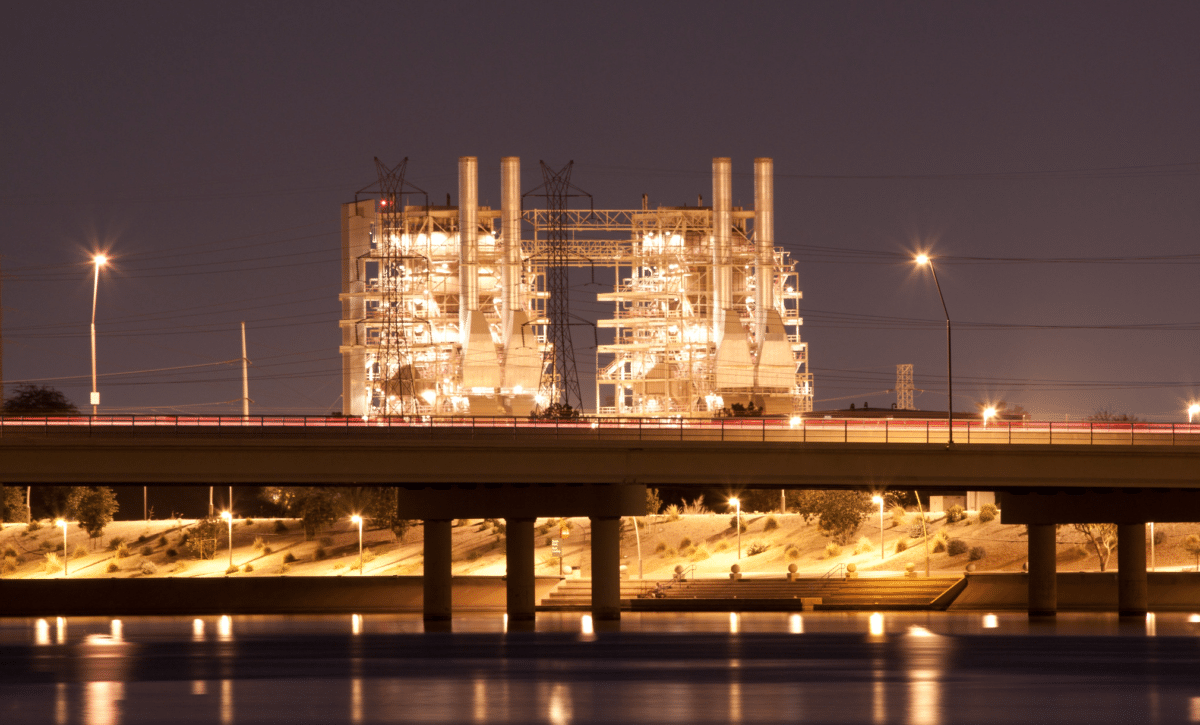California’s recent rolling blackouts ironically illuminated pitfalls on the road to decarbonizing our electric grid — and challenged popular assumptions about how to get there.
In a world increasingly dependent on electricity — not just for lighting, cooling, moving water and running factories, but for vital transportation and communication infrastructure — reliability cannot be an afterthought.
The vision of reliability through an expanded CAISO (a single balancing area ‘to rule them all’) is not acceptable to states worried that trouble in California’s grid might imperil their own. Yet isolationism and balkanization into microgrids will demolish the compact of universal service and undermine public support for needed infrastructure.
CAISO’s planning assumed that more import power would be available than actually showed up. Officials outraged by the rolling blackouts mistakenly concluded that CAISO hadn’t fully used available reserves when, in fact, more capacity was needed. The questions they should be asking is what form should the needed capacity take in the near and longer terms and how will it be paid for and by whom? Realistically, how much more will it cost California’s already burdened ratepayers?
If energy storage is to play a major role in supplying new capacity, we must have lower-cost options beyond four-hour solar-plus battery systems. CAISO Flex Alerts called between 3 p.m. and 10 p.m. show that discharge duration must be at least seven hours, with storage capable of dispatch many days in a row.
A combination of fast charging and multi-day storage can minimize Flex Alerts during summer and address renewable over-generation in the spring (CAISO curtailed more than 100 GWh of solar PV this spring).
Hybridizing the gas turbine fleet
Ratepayers, IPPs, and utilities can all benefit by hybridizing the existing gas turbine fleet by adding thermal energy storage at a marginal capital cost of less than $25/kWh — a fraction of the projected future marginal cost of battery packs. A pair of 120-foot diameter molten salt storage tanks, such as those at the Solana solar thermal plant in Arizona, can hold 1.8 GWhe of energy when integrated with Pintail Power’s Liquid Salt Combined Cycle (LSCC) technology. The LSCC approach can increase a gas plant’s power output 80% to 90% to meet the urgent need for new capacity without consuming more fuel. And if extreme weather or fires go on for extended periods, LSCC units can even recharge themselves using a combination of electricity and exhaust heat.
Fast charging using low-cost electric heating of long-duration thermal storage integrated with thermal generation improves the reliability of the grid and the flexibility of power plants during both periods of high demand and of excess solar generation. The result is that both conventional and renewable assets operate more effectively and economically. By absorbing excess solar energy, thermal hybrids would become the most fuel efficient dispatchable assets on the grid, making them prime candidates for adoption of higher cost low-carbon fuels, such as renewable gas and hydrogen.
There are other compelling environmental attributes to consider. Long-duration storage with fast charging makes it easier to defer charging to times when grid GHG emissions are lowest. Liquid salts are non-toxic, non-flammable, have no state-of charge or rate-of charge limits, and are perpetual life assets that can be re-used indefinitely, as proven by six decades of experience in the chemical and process industries. Upgrading existing generation with thermal storage provides a faster route to meet the state’s carbon reduction needs with less environmental impact than pumped hydro storage or large-scale battery projects.
***
Bill Conlon is president and founder of Pintail Power. Conlon is an engineer and executive with experience in solar, nuclear, and fossil engineering, construction, commissioning and operations. Pintail’s patented hybrid energy storage technology adds value to existing generation assets by bridging renewable and conventional power at the lowest cost.
The views and opinions expressed in this article are the author’s own, and do not necessarily reflect those held by pv magazine.
This content is protected by copyright and may not be reused. If you want to cooperate with us and would like to reuse some of our content, please contact: editors@pv-magazine.com.








By submitting this form you agree to pv magazine using your data for the purposes of publishing your comment.
Your personal data will only be disclosed or otherwise transmitted to third parties for the purposes of spam filtering or if this is necessary for technical maintenance of the website. Any other transfer to third parties will not take place unless this is justified on the basis of applicable data protection regulations or if pv magazine is legally obliged to do so.
You may revoke this consent at any time with effect for the future, in which case your personal data will be deleted immediately. Otherwise, your data will be deleted if pv magazine has processed your request or the purpose of data storage is fulfilled.
Further information on data privacy can be found in our Data Protection Policy.